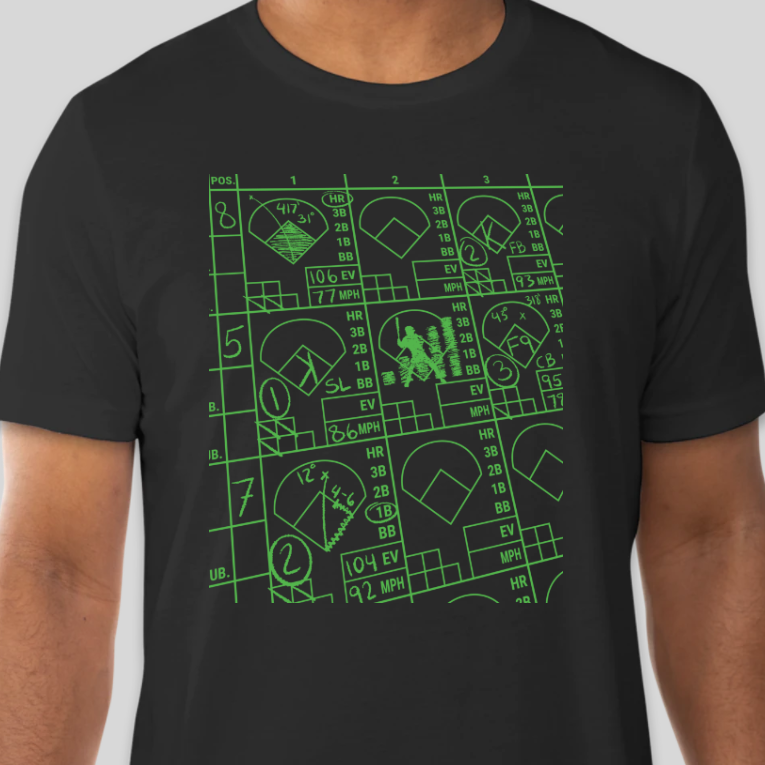Marcus Semien’s Gamble Looks Like It Has Paid Off
This past offseason, the Toronto Blue Jays spent a ton of money to upgrade their lineup, bringing in George Springer and Marcus Semien for a combined total of $168 million. Of course, $150 million of that total is owed to Springer over the next six seasons; Semien signed a one-year deal after finding the market for his services to be rather slow and cold. Two months into the season, it’s been Semien who has been the more valuable acquisition for the Jays, however. Springer has been sidelined for all but four games with a nagging quad issue that has yet to be resolved. Meanwhile, Semien leads all qualified second basemen with 2.6 WAR, a mark that places him seventh overall among all qualified batters.
For Semien, his success this year has been a huge payoff on the risk he took by signing that one-year offer. After a breakout 2019, he struggled to maintain that new level of production the year after. With real questions about his true talent level at the plate lingering over him, he decided to take a one-year offer to rebuild his value in 2021.
As Mike Petriello recently notes, the offensive downturn Semien suffered through in 2020 may be a bit misleading. Through the first 14 games of the 2020 season, he posted a 45 wRC+, but because of the truncated season, those 14 games represented around a quarter of the total games played last year, giving them an outsized effect on his overall line. Read the rest of this entry »

 Jay Jaffe
Jay Jaffe


